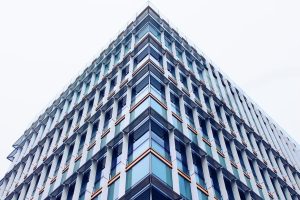
R&D Product Life Cycle
What is involved in the R&D product life cycle? What does each level of this life cycle indicate? And why should you know this? Keep on reading to know more.
R&D Product Life Cycle
When it comes to the R&D product life cycle, it is important to distinguish between product life cycle and R&D product life cycle. The product life cycle is the general term used to describe the stages in the lifetime of a product. It covers all the stages involved in the development and marketing of the product. Also, it is not just limited to the R&D stage but involves all stages throughout the lifecycle of a product.
However, the R&D product life cycle refers specifically to the stages involved in the development phase of a new product. It is an important concept in itself, as it helps you understand what activities are involved during a certain phase of development. And how they contribute towards building a new product.
Developing a New Product
When developing a new product, it is essential to keep in mind that there are different stages involved. The first step is to identify a need or an opportunity and come up with a solution for it. This solution can be either an existing one or a new one. If it is an existing solution, then it might be modified to suit your needs. In case it is a new solution, then you have to decide upon its type.
Then, as there are different types of solutions for different needs (existing or otherwise), there are different types of products as well. These include:
- Consumer Products. Products designed for everyday use by an individual or family. For example, toilet paper, shampoo, and more.
- Industrial Products. Products designed for use within an industrial setting or process. For example, power generators, air conditioners, and more.
- Medical Products, Products designed for use by medical professionals. For example, Medical Scanners, Diagnostic Tools, and more.
- Software Products. Products designed for use in computers. For example, some operating systems, games, cybersecurity software, and more.
Every company has its unique mix of products. This mix depends upon the area of business that they focus on and also on their expertise. For example:
Then, the next step is to determine how much you need to invest to develop this new product. This would include a total cost estimate for all the steps involved in the R&D stage of the new product development process.
Also, you need to decide which of these steps you want to outsource and which you want to keep in-house. If you want to outsource some of these steps, then you need to find the right partners for it. This can be done through a competitive bidding process. You must choose your partners wisely so that you don’t end up with an inefficient product at the end of your R&D efforts.
Conclusion
If you are looking to develop a new product and have an idea of what it is going to be, then you need to develop a plan for it. This plan will involve all the steps involved in the development of the new product, from ideation to launch.

